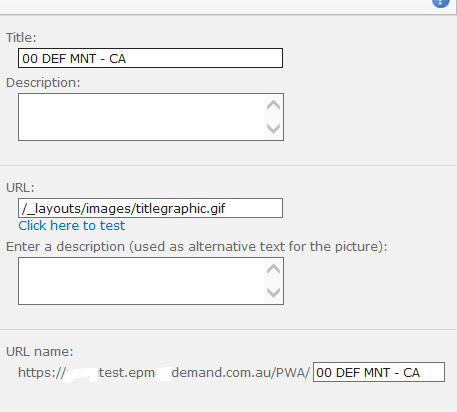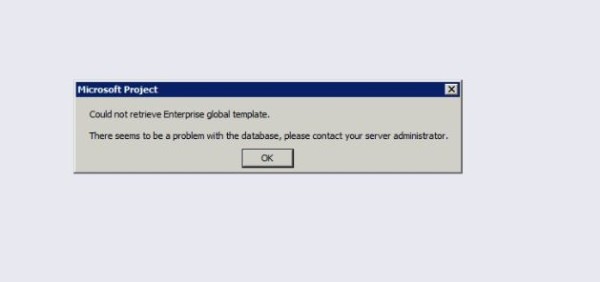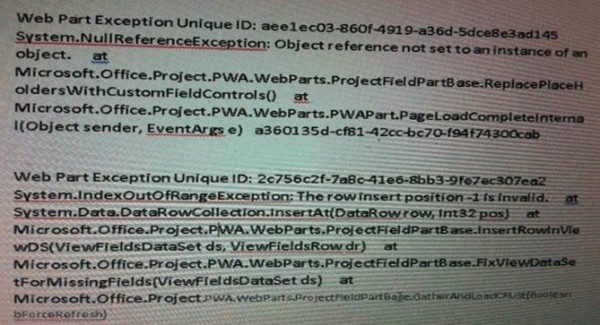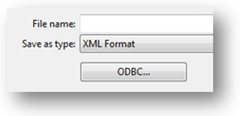Environment: Project Server 2010
Cause: User trying to create the Project site with the name which already exist in the database.
Background: One of our client has deleted the project before creation of new project with the same name and has not selected the option – “Delete the associated Microsoft SharePoint Foundation sites” while deletion.
Solution: Below two possible approaches can be possible as per your customer request:
Approach 1 – Relink the existing project site to the new Project.
Steps as below:
1. Launch Project Web App -> Server Settings -> Project Sites under Operational Policies -> Select the Project
2. Click on the Edit Site Address
3. Mention the existing site URL as per snapshot below and hit OK.
Approach 2 – Create the new Project Site after deleting/renaming the existing Project site with the same name in the database
Steps as below:
1. How to delete the existing Project site
Site Action -> Site Settings -> Sites and Workspaces -> Locate the site to be deleted and click on below cross icon to delete the site
2. How to rename the existing Project Site
Open the project site -> Site Action -> Site Settings -> Title, Description and icon ->
Rename the URL Name and Title and description.
Important: Don’t miss to rename the Project Site URL name otherwise it won’t allow to create the new project site with the same. I would also suggest to rename the “Title and description” for the Project site to avoid the ambiguity in the future.
3. How to create the new Project Site
Launch Project Web App -> Server Settings -> Project Sites under Operational Policies -> Select the Project and click on Create Site.
Now, this will allow you to create the new project site because as per above step2/3, the old project site with the same name doesn’t not exist.
Note: To perform above steps, user needs an administrative privileges. Hope this helps you.








You must be logged in to post a comment.